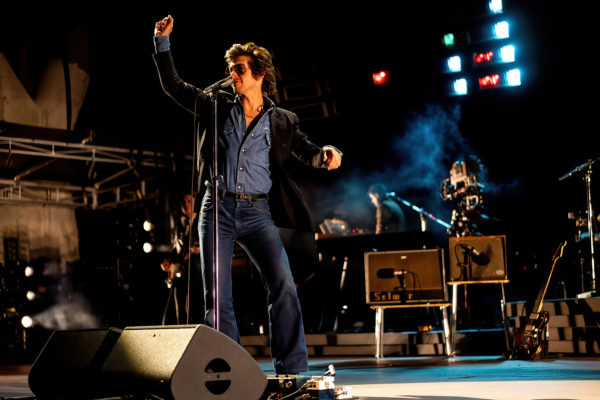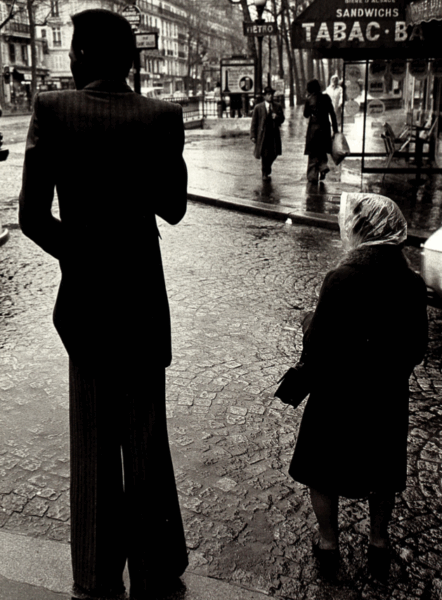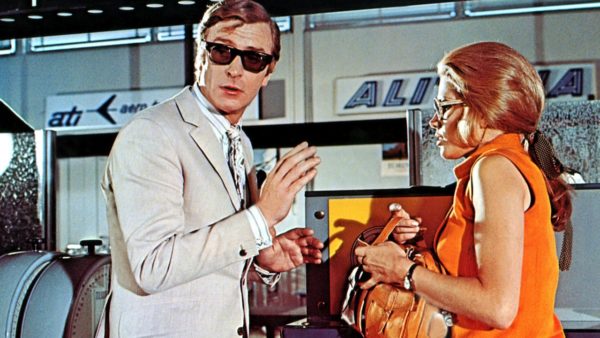In Latin, black is designated by two terms: niger, a shiny black, and ater, a matte black – that of a frescothe merino wool yarn is twisted multiple times on itself and More or a flannel(English flannel, from Welsh gwlanen, wool) - fabric whipped More, which is not the same as the shiny black of a woolcontinuous growth fiber of animal origin (alpaca, camel, Kas More twillfabric with diagonal ribs and grooves of varying widths - on More. Sometimes the colour of mourning, sometimes the visible manifestation of a Puritan spirit, black appears to us in its ambivalence and its history. Thus, if black is synonymous with misfortune, it can also refer to values such as humility, temperance and dignity. Benedictine monks, magistrates and lawyers wear black robes.
Color of the Florentine nobility
It was technically very difficult to dye a garment black: until the end of the 18th century, all those who were supposed to be dressed in black actually wore dark shades of grey, blue or brown. Black clothes also quickly faded to greyish or purplish tones. Dressing in black meant having the material means to constantly renew one’s wardrobe, while renouncing colour. Deep blacks were therefore a luxury reserved for the upper classes of society.
Black or the illustration of bourgeois erasure
It was under the First Empire that black began to be imposed on the bourgeoisie. Men’s fashion renounced both the extravagance of the Revolution and the splendour of the Ancien Régime and followed the English model, making the black suit the norm. Synonymous with sobriety and elegance, black clothing conceals and hides as much as it illuminates and reveals the wearer.
Color of protest and fringe groups
Getting further from the bourgeois flannel suit, black became the colour of protest and marginal groups: Mods, Rockers, Punks. Black metamorphoses, between mixing genres, diversions, ambiguities, echoing a new culture that no longer makes fashion a rigid and elitist social choice but a space of freedom in which the arbitrariness of the sign becomes a game.
“What makes colour the colour is not its nature, it is not the eye-brain pair, it is society. By this I mean that the problems of colour are first and foremost problems of society. – Michel Pastoureau
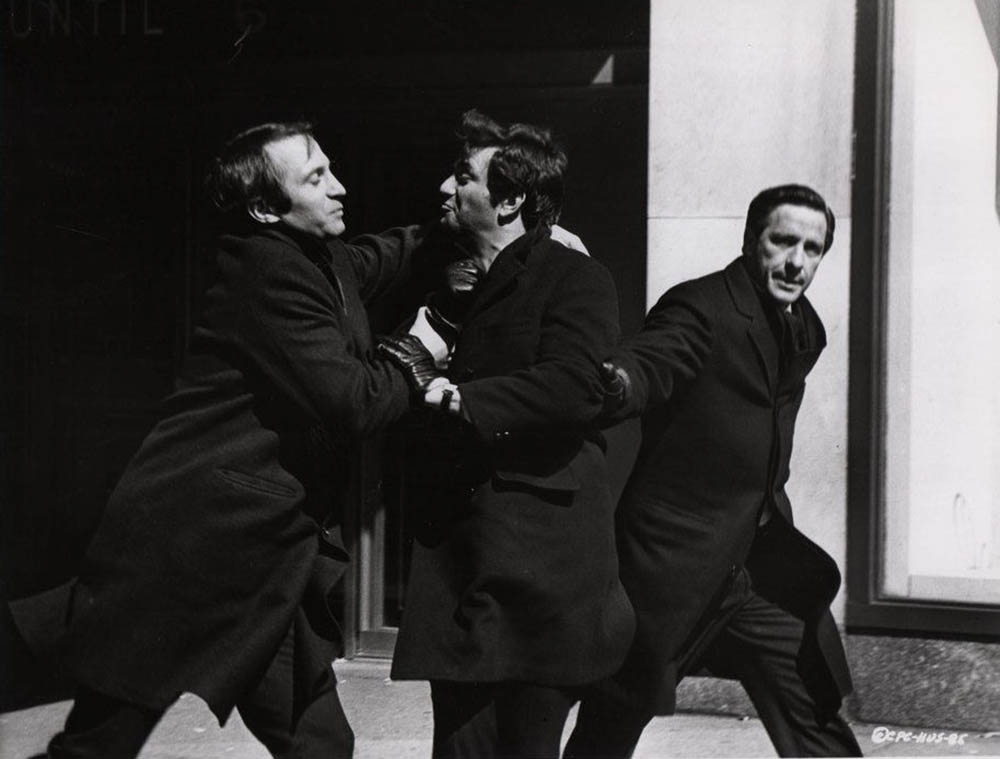
GAZZARA, Ben, act. FALK, Peter, act. CASSAVETES, John, dir. and act. Husbands. 1970. 154 min.
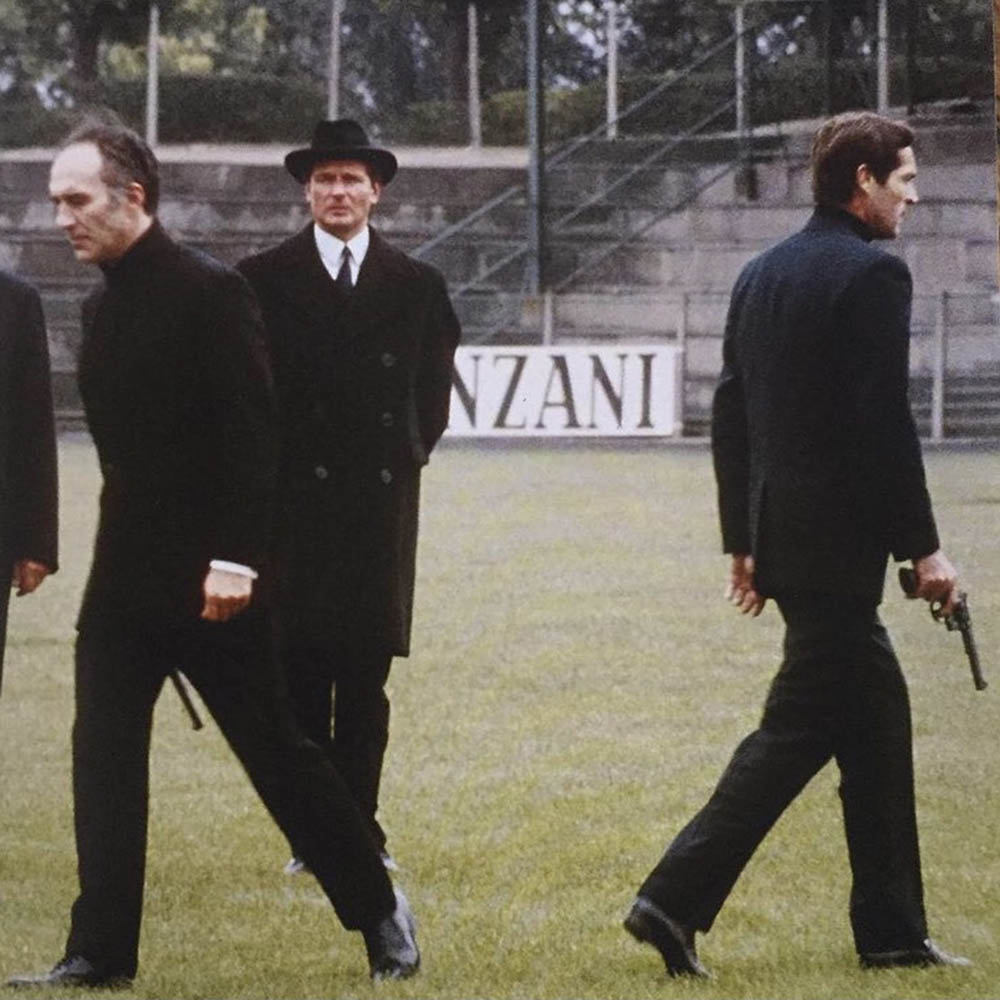
PICCOLI, Michel, act. HITCHCOCK, Alfred, réal. Topaz. 1969. 127 min.
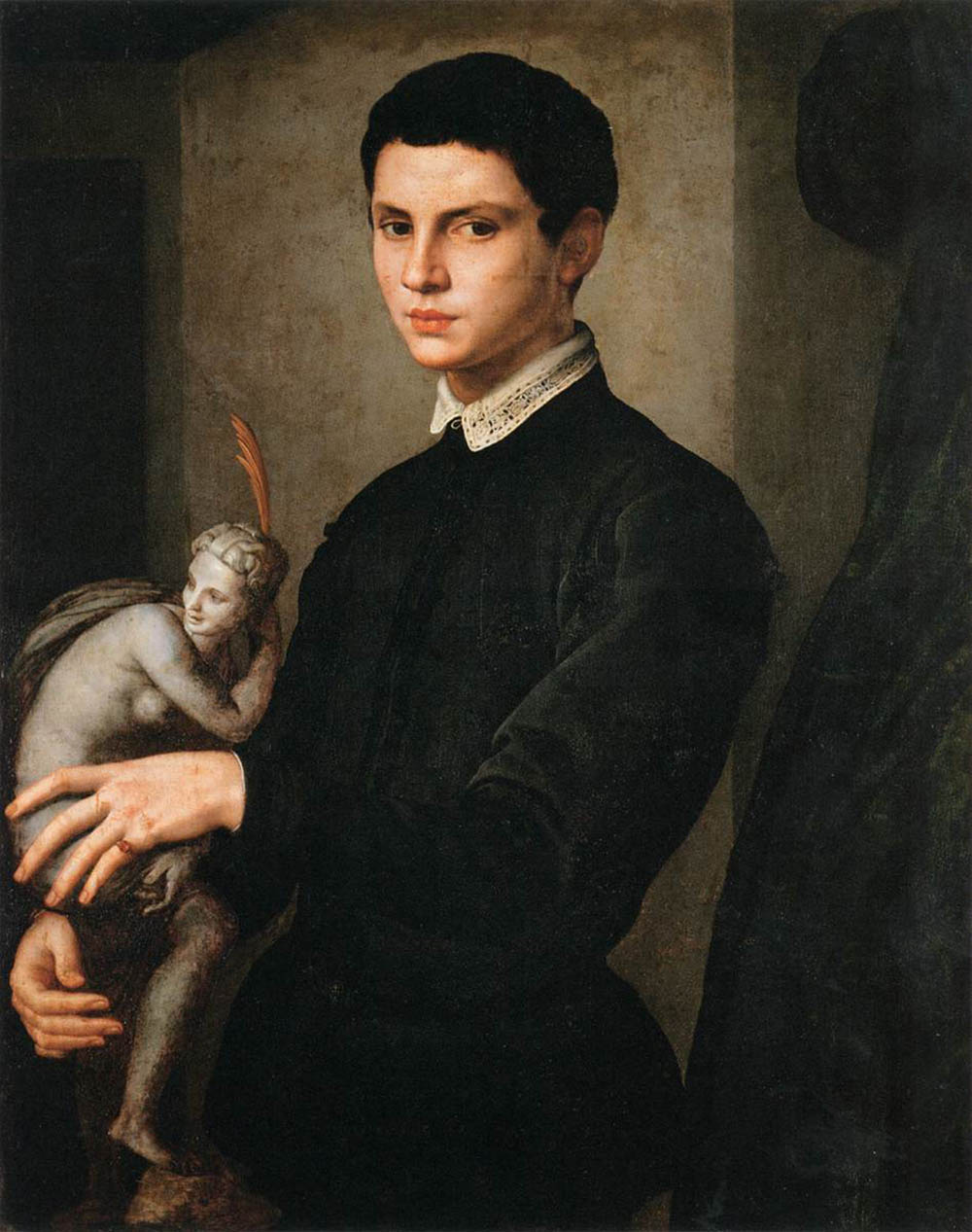
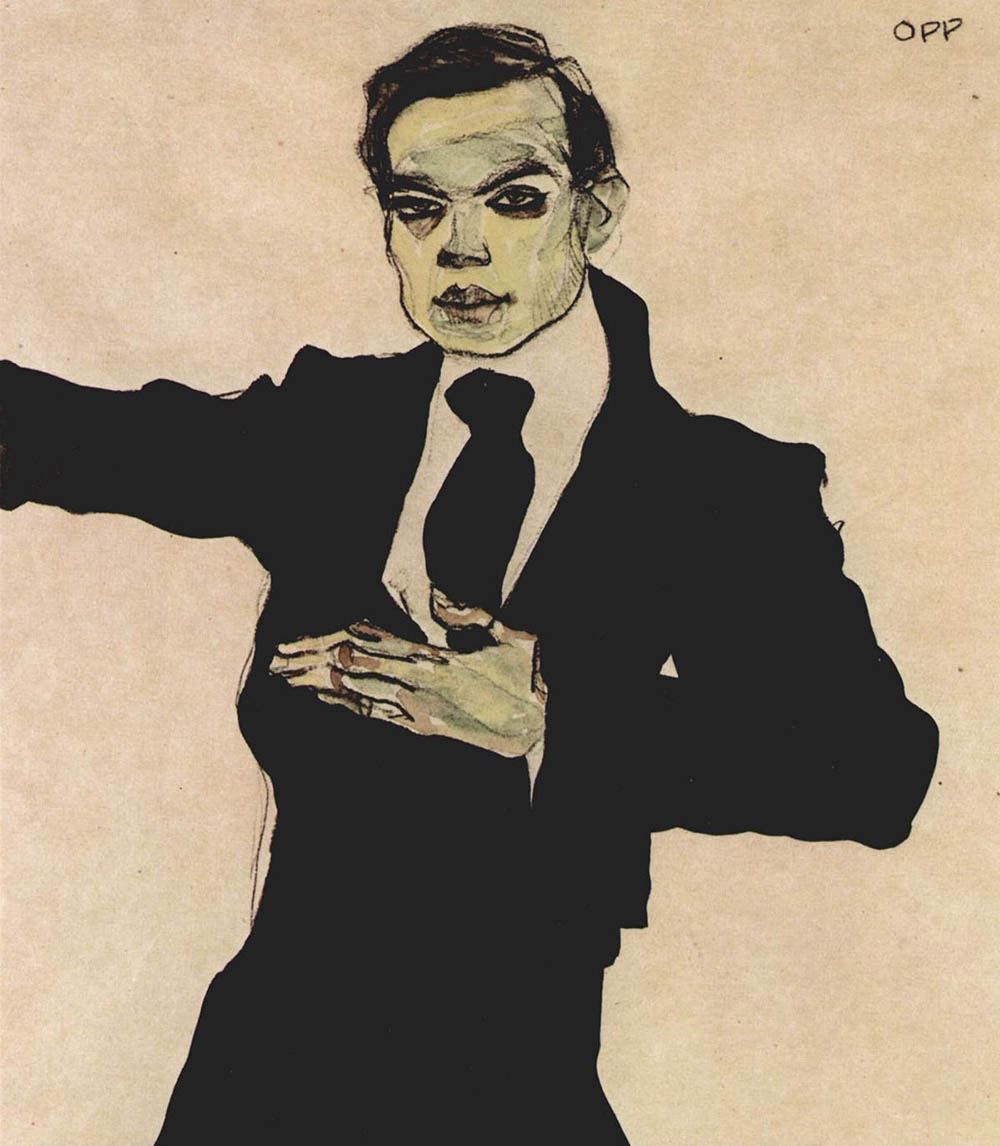
SCHIELE, Egon, art. Portrait of Max Oppenheimer. watercolor and charcoal on paper. 45 x 31 cm. 1910.
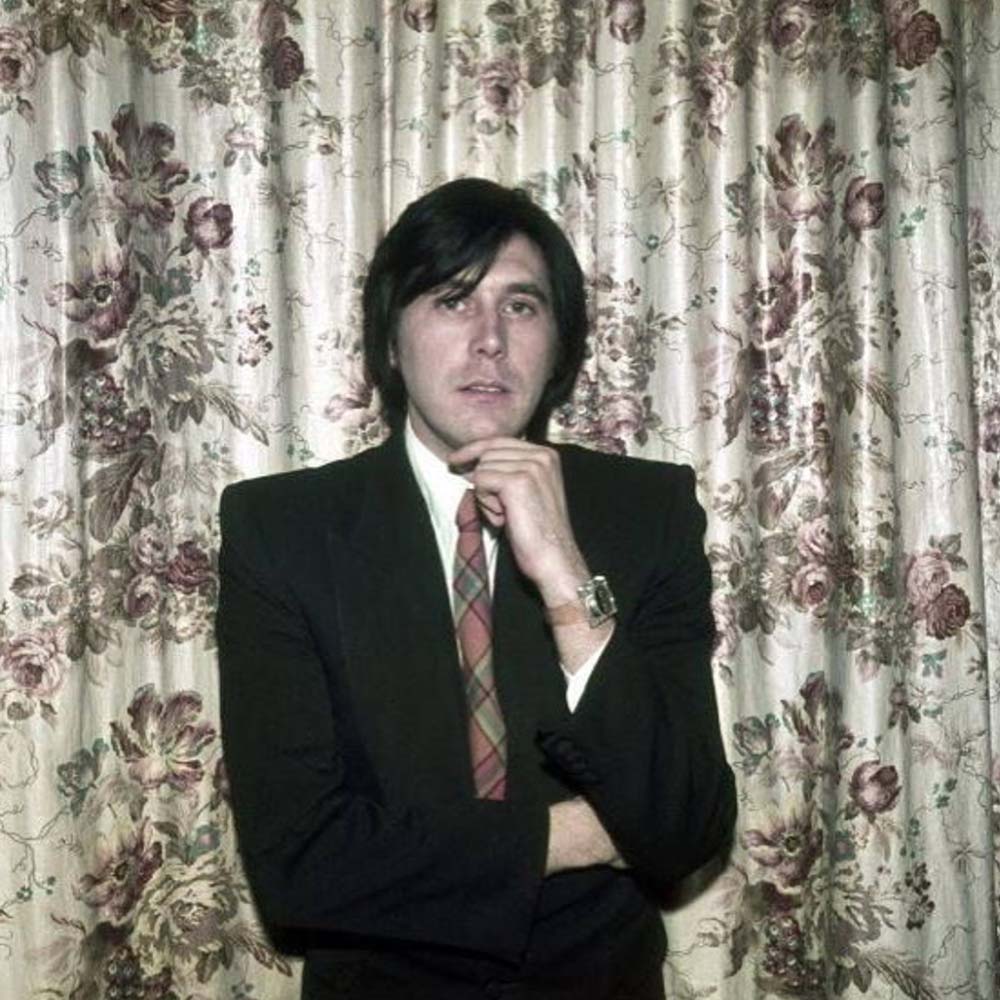
FERRY, Bryan. London, United Kingdom. 1980.
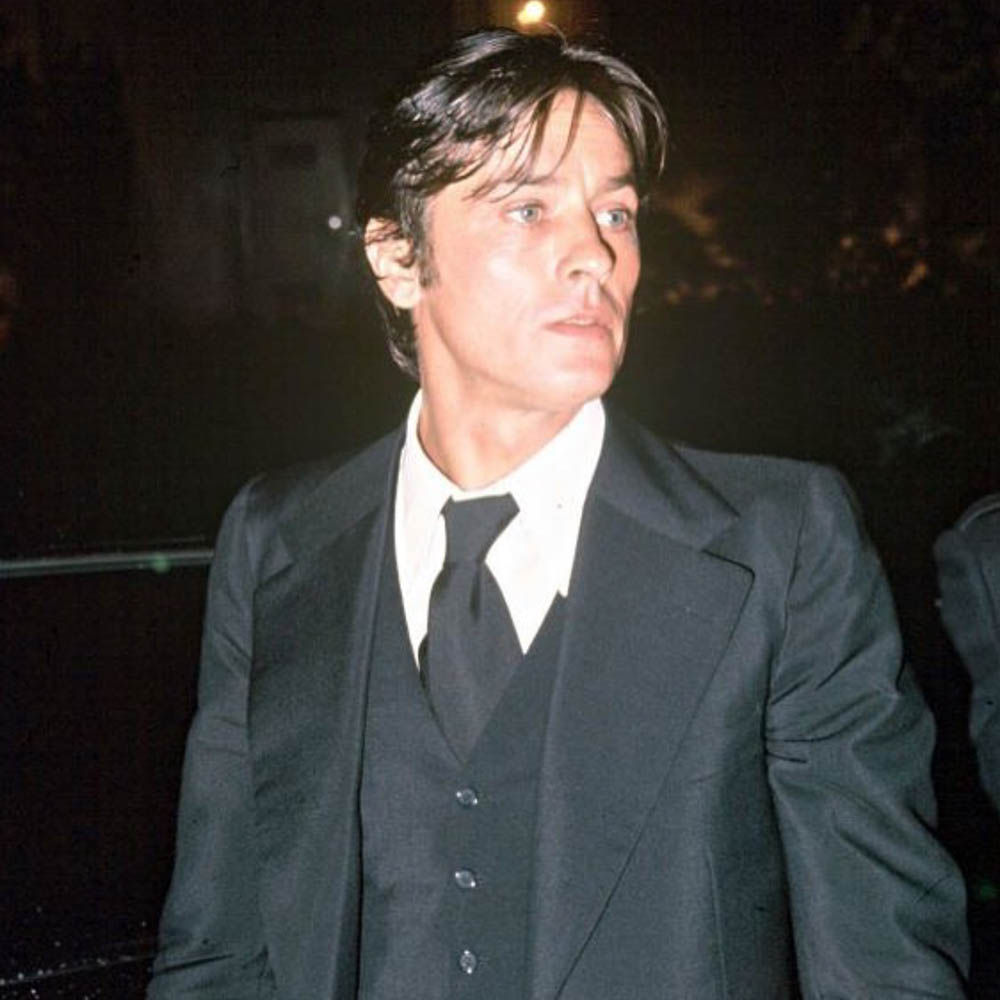
DELON, Alain. Paris, France. 1972.
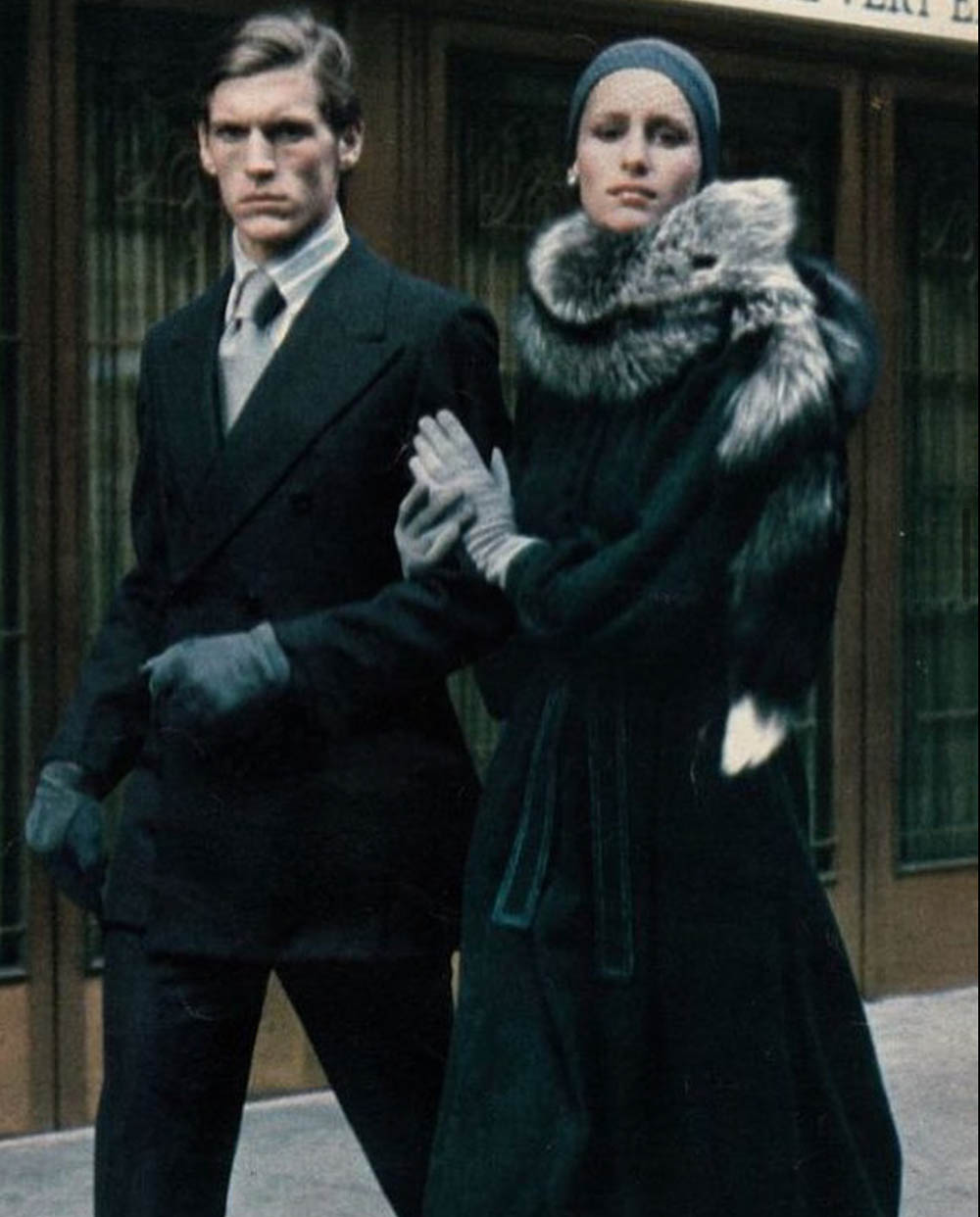
NEWTON, Helmut, phot. 1970.
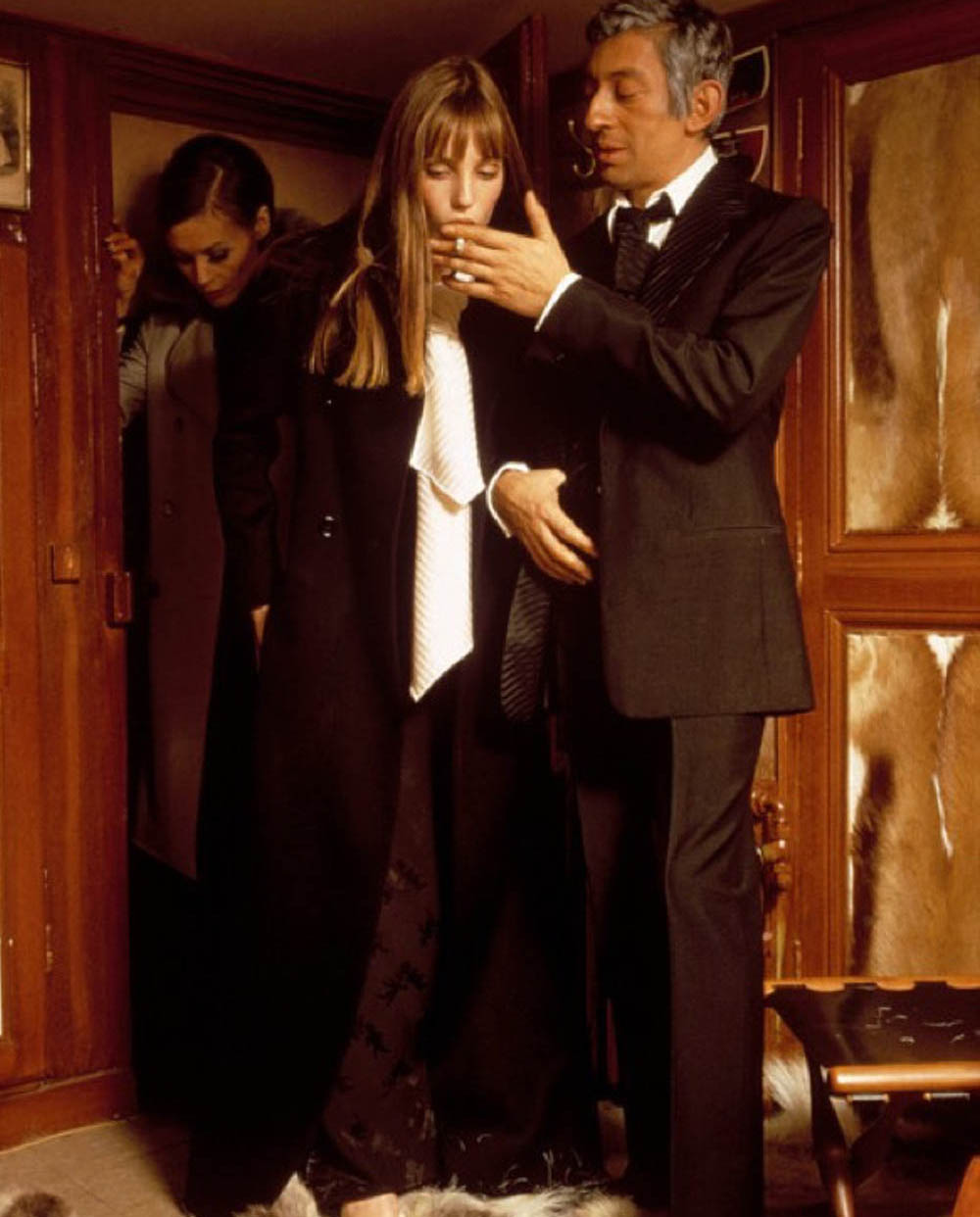
GAINSBOURG, Serge. BIRKIN, Jane. Paris, France. 1971.

MC CARTNEY, Paul. Royal Garden Hotel, London, United Kingdom. 1968.
- The Canadian Tuxedo
- The Car Coat « Weekend style with quiet confidence—the car coat speaks without spectacle. »
- A HISTORY OF MEN’S FASHION« Chenoune shows how menswear shifts between fashion and function, individuality and universality—a history that never ends. »
- COTTON« Soft, but with weight. Relaxed, but never shapeless. It carries memory in its creases. »
